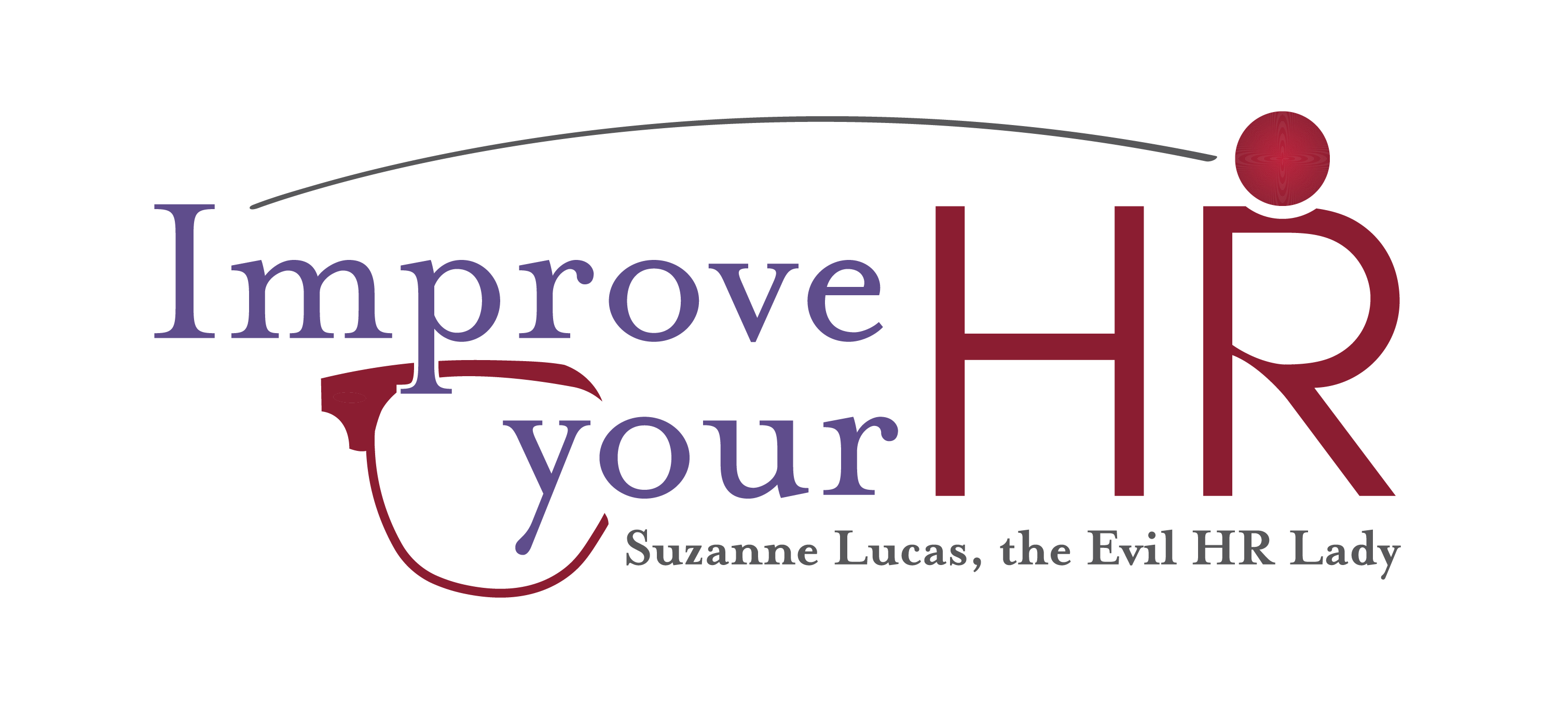When the CDC issued new guidance saying that some vaccinated people need to resume wearing masks in some situations, you may have hoped the the Occupational Safety and Health Administration (OSHA) would come out with clear, unambiguous guidelines.
They did come out with guidelines, but they are still a bit unclear. Eric E. Hobbs, an employment attorney and Shareholder at Ogletree Deakins explains that masking may not be necessary in every office, per the OSHA guidelines.
OSHA follows the CDC guidelines with this phrase, “Fully vaccinated people in areas of substantial or high transmission should be required to wear face coverings inside.” But, then goes on to give examples of high risk or high transmission and areas of substantial risk as distinctly non-office in nature. OSHA says these include, “manufacturing; meat, seafood, and poultry processing; high-volume retail and grocery; and agricultural processing settings.”
To keep reading, click here: Here’s When Your Vaccinated Employees Need a Mask

It’s hard for OSHA to issue guidelines that are applicable to every workplace situation. Furthermore, specific guidelines are likely to change as circumstances change and as scientific recommendations continue to evolve. The underlying principal is that employers have a general duty to provide a safe work environment for their employees. If you are in an office setting, have a private office and can work alone with the door closed, you — obviously — wouldn’t need to wear a mask. If someone comes into your office, or you go out, around other people, you need to mask up. This isn’t rocket science, just basic common sense.
Looking at the OSHA page, I don’t think they’re saying the “high risk workplaces” they list are the only places where workers should wear masks – they very directly suggest following the CDC guidelines, which are based on the rate of transmission on a given county. I think they’re saying those types of workplaces, additional steps may be warranted, and mask-wearing may be warranted even if the county you’re in hasn’t been designated as “substantial or high transmission.”